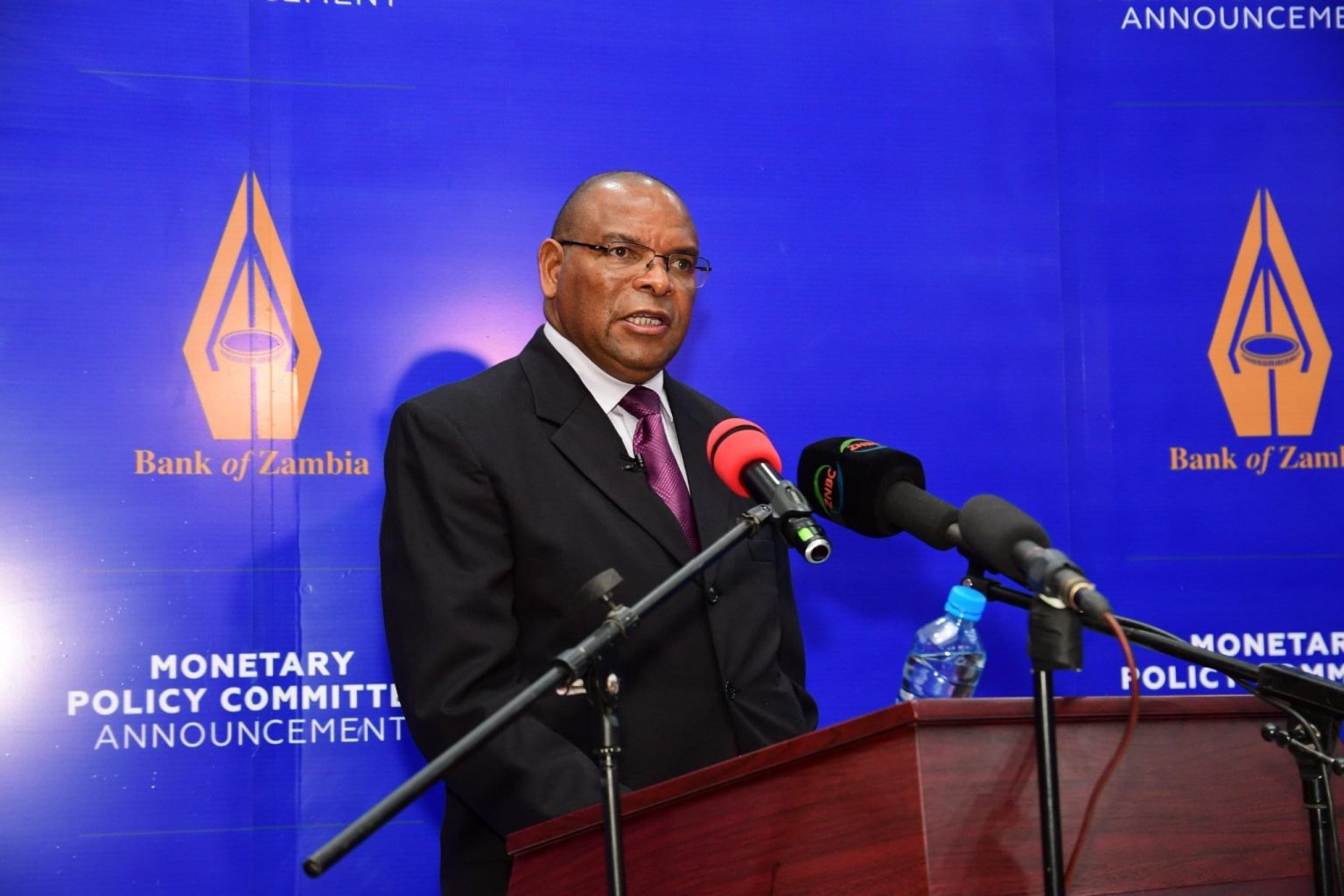The monetary policy committee in Africa’s red metal hotspot will on Monday 15 August commence two day deliberations on the pen ultimate rate stance of 2022. May MPC kept rates unchanged at 9.0% while the Bank of Zambia was weary of the morphing global risk environment marred by excessive inflation and dislocated grain markets. As per tradition the announcement will be made on the third day which falls on Wednesday 17 August by the central bank governor, Dr. Denny Kalyalya. This August session will have persistent world inflationary pressures but with recessionary fears given a sag in copper prices and softer demand.
READ ALSO: Bank of Zambia likely to keep rates flat in Aug MPC
Fiscal vulnerabilities, with greater bailout optimism
Fiscal fragilities persist but this time with stronger optimism concerning a bailout with the Washington based lender the International Monetary Fund. Zambia’s sovereign outlook is brighter with positive assurance from bilateral creditors towards debt restructure under the G20 common framework. The copper producer could seal a bailout deal as early as end of August as hinted by the MinFin head Dr. Situmbeko Musokotwane at the economic symposium in Lusaka. Other strides in the fiscal space include surplus revenue collection performance by the tax authorities which will fund a $1.2 billion (Kwacha equivalent) supplementary budget and this is likely to decongest dependence of the money markets for public finance purposes in 4Q22.
READ ALSO: On the cusp of an IMF bailout, Zambia’s credit risk profile see’s reprieve on the horizon
Inflation has bottomed with the ebbing trajectory ending in June with a 20 point rebound to 9.9% in July as petroleum price pressures weigh. It is uncertain if the state will extend the petroleum price subsidies in taxation in 4Q22 because if not the cost push inflationary pressures could exacerbate. The gauge for manufacturing tempo the purchasing managers index rebounded into expansion territory in July at 50.5 after two consecutive contractions in May and June weighed by petroleum price pressures.
Interest rate risk as at June was bearish with the yield curve scaling higher between 100-200 basis points in the 2-10 year tenors to higher in the 20’s, interpreted as market weariness of delayed IMF assistance. This view however has changed with wider optimism intensity which has supported a currency rally and greater interest in Zambia. Kwacha interest rate assets take a positive cue in attractiveness from the underwater western treasuries as the US Fed and Bank of England still grapple with rising inflation.
Growth needs affordable financing
Dr. Kalyalya will be looking to set the tone for a monetary policy stance that will support Zambia’s growth at a time risk appetite is gushing back into the Southern African nation. With agribusiness, mining, manufacturing faculties repositioning, the right financing posture remains critical and this is likely what the MPC will seek to bridge to support the economic growth agenda. Descending into the fourth quarter seasonally, Zambia’s strategic food security agenda takes precedence manifesting in wider demand for dollars for fertilizer imports. The BOZ is in a better position to support currency pressure supported by the current foreign exchange reserve levels whose boost was strengthened by the IMF special drawing rights, windfall injection, last year in addition to mining taxes leveraging off healthy metal prices on the London Metal Exchange.
Copper is beeping recessionary signals
On the downside copper production sagged 7.1% in 1H22 to 364,000 metric tons as the red metal signals global recessionary symptoms. Copper took a negative cue from China’s 2Q22 softer growth of 0.4% causing demand fears for commodities globally. For Zambia an ebb in price and production impacts the foreign exchange market supply of dollars and the fiscal purse in general. The ministry of mines targeted 1.3 million for FY22 and will aim to soar to 3 million metric tons in the next 5-10 years.
The rate decision committee will highly likely keep the currency monetary policy stance in view of single digit inflation and more importantly the stronger optimism surrounding the greater odds of an IMF financing package in the August – September period.
The Kwacha Arbitrageur

